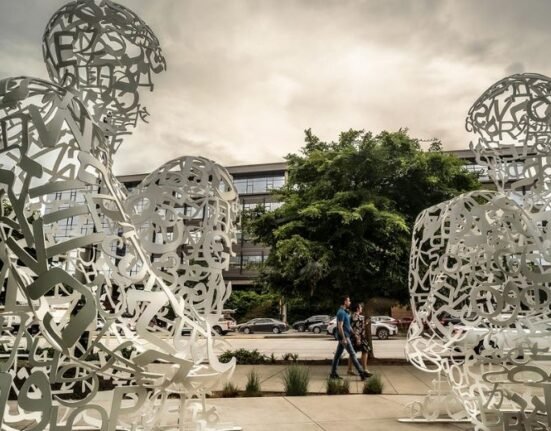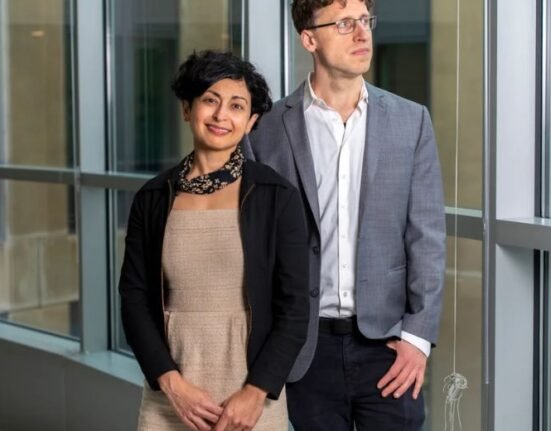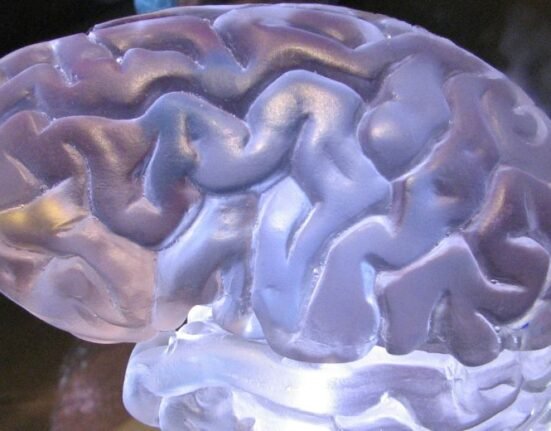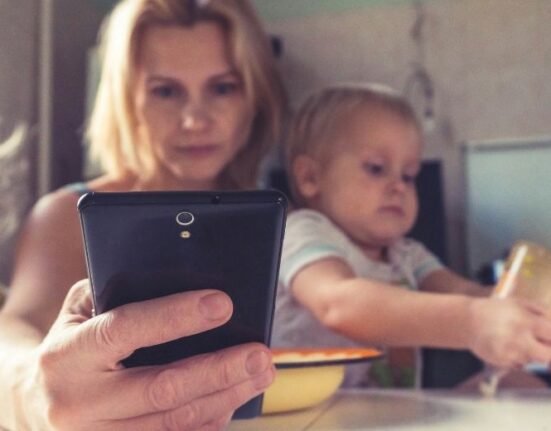HQ Team
By Aparna S.
July 15, 2025: Why does the curve of a statue stir something deep within our soul? Why do some paintings bring us to tears while others leave us indifferent? Somewhere between Michelangelo’s brushstrokes and Mozart’s rhythms lies an emerging field daring to unravel these age-old mysteries.
From the golden ratio in ancient Greek sculpture to the rhythmic symmetry of Indian temple architecture, humanity has long sensed that beauty isn’t arbitrary—it resonates with something innate. Neuroaesthetics, still in its infancy, is beginning to prove these intuitions right.
The phrase “beauty is in the eye of the beholder” is more than a cliché; it reflects what truly happens in our brain. Our perception and processing of art influence brain function, and in turn, our brain shapes how we experience art. This dynamic interplay is the essence of neuroaesthetics.
Coined in the early 2000s by British neuroscientist Semir Zeki, neuroaesthetics sits at the crossroads of art, psychology, and neuroscience. Its goal is to decode how the brain perceives, processes, and responds to beauty, not as an abstract concept, but as a biologically grounded phenomenon. It is the neuroscience of beauty.
Across cultures, art and aesthetics have long been viewed as divine languages. Consider Shiva as the cosmic dancer, ‘Nataraja’ — performing the Tandava that symbolises the rhythm of creation and destruction. This multisensory spectacle combines visual symmetry, implied motion, serene expressions, and rhythmic suggestion, activating multiple neural circuits across the visual, motor, and limbic systems.
In Indian aesthetic tradition, beauty and transcendence have never been separated. The triad Satyam-Shivam-Sundaram — truth, godliness, and beauty — is a facet of the same ultimate reality. Neuroaesthetics, with its scientific lens, is beginning to catch up with what our ancestors intuitively understood. Beauty is not merely seen. It is experienced as a pathway to union, clarity, and even liberation.
Beauty Is Truly in the Mind of the Beholder
Neuroscience confirms this timeless truth. Neuroaesthetics explores the subjective nature of aesthetic experience—how factors like cultural background, personal memories, and mood influence our responses to art. A landscape that evokes nostalgia in one person might leave another cold.
Modern neuroimaging reveals that aesthetic experiences activate the brain’s reward system—including the ventral striatum, orbitofrontal cortex, and insula—the very circuits involved in love, meditation, and empathy. The default mode network, typically engaged during self-reflection and memory retrieval, also lights up when we encounter art that truly resonates.
Yet neuroaesthetics is not just about identifying which brain areas “light up.” It probes the deeper question: why?
A fascinating study at NIMHANS (Bangalore) examined the therapeutic and neurocognitive effects of Indian classical music and dance. The role of art and creativity in mental well-being has long been acknowledged; neuroaesthetics seeks to explain how and why it works.
EEG and fMRI data revealed altered activity in the temporo-parietal junction and prefrontal cortex during engagement with Carnatic music. These brain regions are crucial for emotion regulation and executive function, suggesting a neural basis for the calming and cognitive effects of this art form.
Another intriguing development aligns the Navarasa — the nine fundamental emotional expressions described in the Natyashastra — the ancient Indian treatise on performing arts — with modern emotion-processing networks in the brain.
For example, Karunam (compassion) activates the medial prefrontal cortex, while Bhayanaka (fear) engages the amygdala and insula. By tracking brain activity through fMRI and EEG as subjects viewed corresponding emotional visuals, researchers confirmed what we already know about brain and behaviour: the medial prefrontal cortex processes complex emotions, and the amygdala orchestrates fear responses.
Future Directions
These insights have profound implications for marketing, virtual reality, and mental health. The therapeutic power of music and other art forms in neurodevelopmental disorders like autism is well-documented and increasingly used in clinical practice.
The future promises exciting possibilities, especially with the rise of AI-powered Brain Art Interfaces. Imagine walking into a gallery where paintings shift in real time, responding to your neural signals, or a chatbot that curates a personalised raga to uplift your mood based on your EEG patterns. Advances in brain-computer interfaces and affective computing are bringing these visions closer to reality.
Meanwhile, culturally rooted, tailored art-based therapies are proving invaluable for mental health conditions — especially dementia, post-traumatic stress disorder, and depression. Such aesthetic interventions are both neurologically potent and culturally resonant.
As the neural code of beauty unfolds, one truth becomes clear: art is not a mere luxury of the soul. It is a language the brain inherently understands. In the delicate folds where rasa meets reward, where myth meets mirror neurons, we begin to grasp not only why art moves us but also how it deepens what it means to be human.
(Dr Aparna S is a consultant psychiatrist and an Assistant Professor at the Believers Church Medical College Hospital, Tiruvalla, Kerala. Views expressed are her own and not of an organisation or company.)








